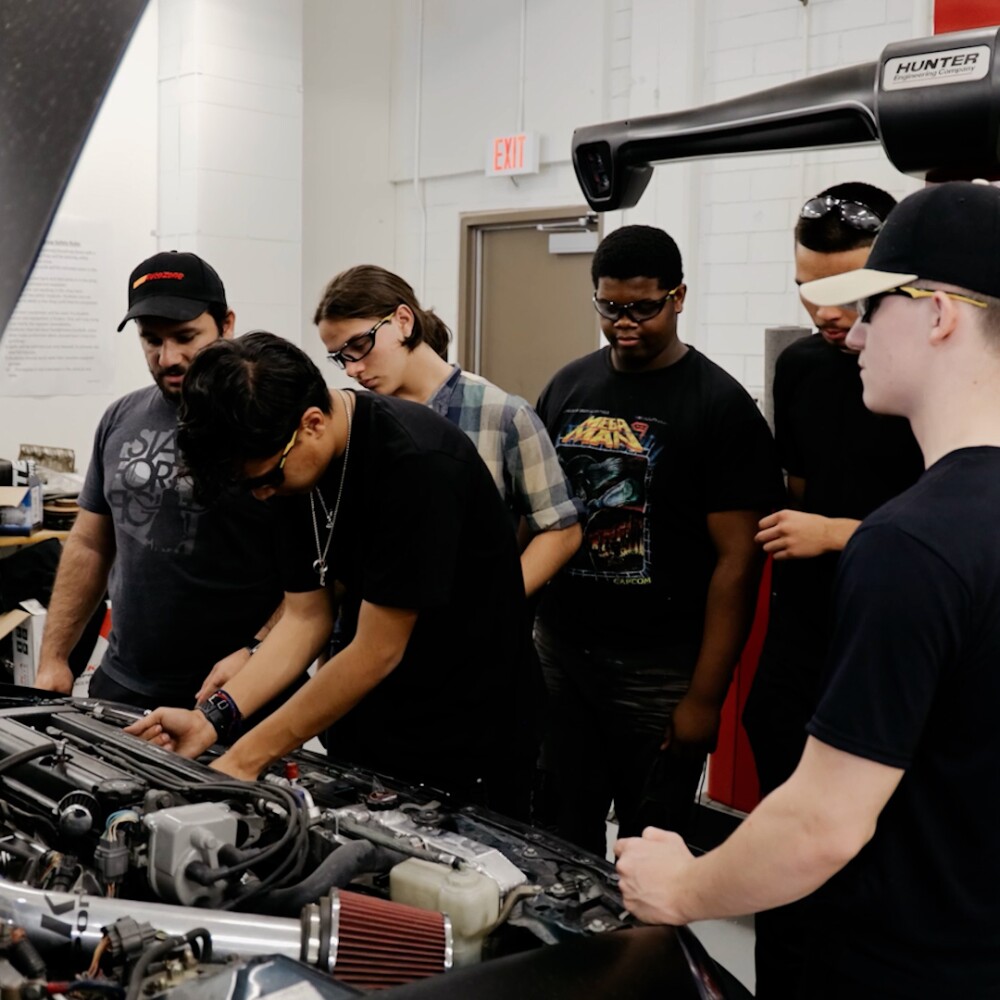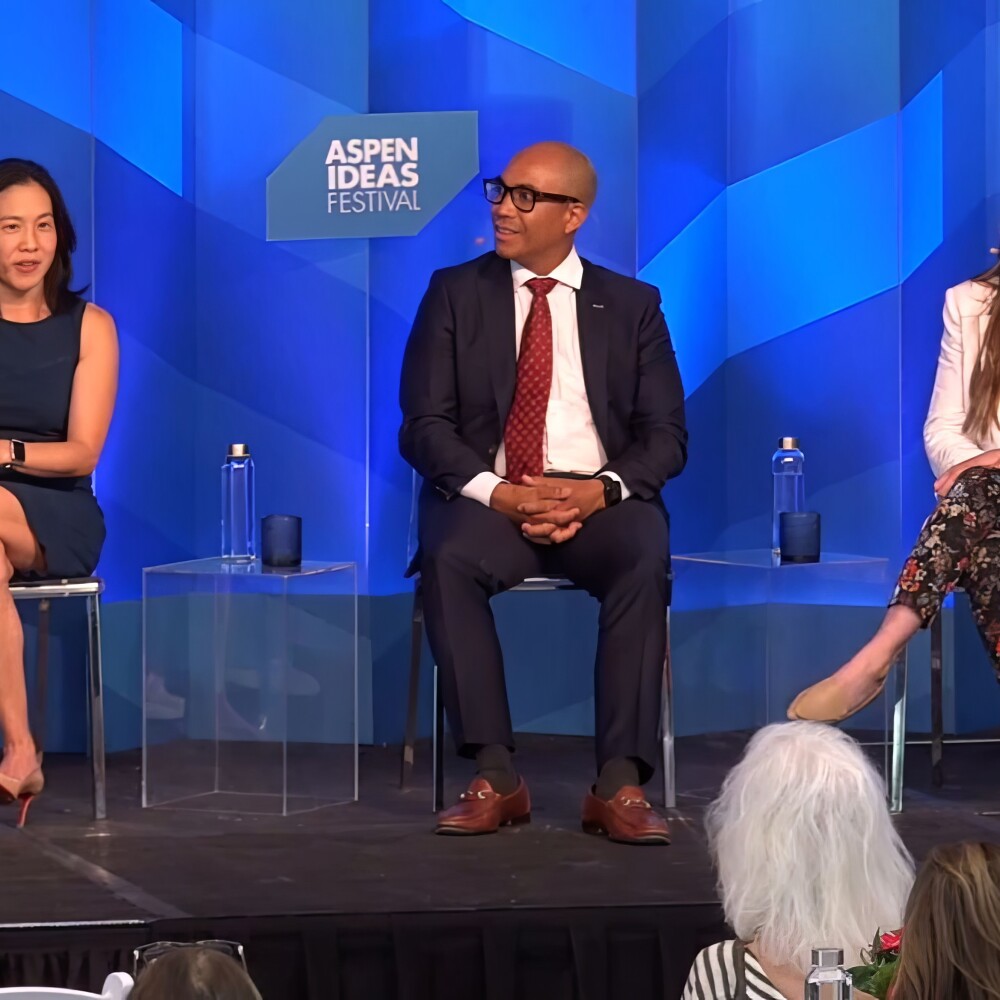Around 50 million pre-K through 12th-grade students and 3 million teachers soon will be back in America’s 98,000-plus public schools. The 2023 back-to-school experience is unlike any since 2019, since the COVID-19 public health emergency officially ended on May 11.
Here are three realities that characterize this post-pandemic back-to-school environment. They create a unique set of challenges and opportunities for America’s K-12 education system:
The national COVID-19 health emergency is over, but the education emergency continues. A July 2023 report from the nonprofit assessment provider NWEA shows that students in grades three to eight lost ground in reading and math during the 2022-23 school year. On average, they need four more months in school to catch up to pre-pandemic levels — though “average” hides the variation across grades, subjects and demographic characteristics such as race and income levels.
The NWEA test score results are similar to other analyses, including those from the National Assessment of Educational Progress, known as the Nation’s Report Card. Tragically, some parents’ perceptions of what children are learning upon returning to school do not mirror the reality of learning loss. The NWEA report characterizes this situation as “education’s long COVID.”
Some parents’ perceptions of what children are learning upon returning to school do not mirror the reality of learning loss.
Families have more choices of schools and other education options that they are using. The pandemic produced an exodus of over 1 million students from public schools. The New York Times characterized this as a “supersized … seismic hit,” though decreasing birth rates and immigration account for some decline. Parents moved their children to new educational settings, including private and parochial schools, micro-schools and learning pods. Homeschooling reached record enrollment levels. New K-12 funding programs like education savings accounts allowed families to pay for private school tuition or other educational services.
Declining school enrollment means less school funding for school districts, since funding is based on student enrollment. Inflation has increased district costs on all fronts, from food to fuel. This has created a fiscal cliff for school districts, despite the infusion of federal pandemic K-12 relief funds.
Gen Z high schoolers want options that include online courses, boot camps and apprenticeships.
The college degree has lost its glow for families, students and employers. The nonprofit Populace reports that for Americans, ensuring that students enroll in a college dropped from the 10th highest priority (out of 57) for K–12 education in 2019 to 47th in 2022. Their priority now is that students develop practical skills in school — only one in four (26%) think they do — followed by problem-solving and decision-making, demonstrating character and having the knowledge they need to do basic reading, writing and arithmetic.
Gen Z high schoolers agree. Today, around half (51%) are considering a college degree. That’s down more than 10 percentage points since before the pandemic and 20 points since an all-time high soon after the pandemic began. They want options that include online courses, boot camps and apprenticeships. Other surveys of young people and adults, such as the Wall Street Journal/NORC survey, show similar skepticism about the value of a four-year degree. Finally, many employers no longer use a college degree as the gatekeeper credential for jobs, shifting from degree-based to skills-based hiring.
There is much talk in K-12 education about flashpoints on issues like textbooks and critical race theory. While not denying these exist, there is evidence of broad agreement on three big-picture issues. This presents America’s K-12 education system with unique challenges and opportunities as young people go back to school in this fall’s post-pandemic environment.
First, there is a desire for K-12 school systems to focus on responding to what the NWEA report calls “education’s long COVID.” Programs that accelerate student learning do exist. They include evidence-based ones like intensive small-group tutoring, competency-based instruction that develops specific student knowledge and skills, summer school, extra instruction in core subjects, lengthening the school year and offering modest financial incentives to students, parents and teachers to seek new options. Public school systems have an opportunity to focus on increasing students’ academic knowledge and skills.
Second, school systems can catch up to the consensus among families, students and employers who want them to provide young people with more educational options and pathways during and following their K-12 education. While acknowledging differences on some “hot-button” issues, there is an ideological heartland not given to extremes. Those who inhabit that heartland believe young people need a more personalized approach to education that nurtures knowledge linked with practical skills and places them on different pathways to good jobs and careers.
Third, this broad agreement in the ideological heartland does not imply uniformity when it comes to implementation. There will be give-and-take when crafting and negotiating different programs and priorities. This allows states and local communities and their civic entrepreneurs to test and refine programs over time.
The pandemic disrupted K-12 education in ways no one living today has experienced before. As we start a new school year, the onus is on K-12 stakeholders to up their game. They can seize this moment to support families and students so that young people are prepared to pursue opportunity and reach their potential.
A version of this article was originally published in The Messenger on Aug. 10, 2023.



